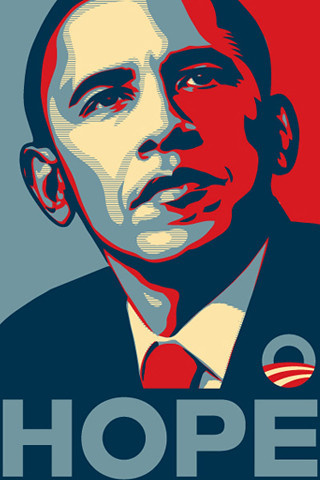1.1 Why It Matters: What Is Marketing?
Learning Objectives
When you hear the term “marketing,” what comes to mind?
Based on what you know about marketing right now, what one word would you use to describe it? Take a moment to write it down. We’ll come back to it shortly.
Marketing is a tool used by companies, organizations, and people to shape our perceptions and persuade us to change our behaviour. The most effective marketing uses a well-designed strategy and a variety of techniques to alter how people think about and interact with the product or service in question. Less-effective marketing causes people to turn off, tune out, or not even notice.
Why should you care about marketing? Marketing is an ever-present force in modern society, and it can work amazingly well to influence what we do and why we do it. Consider these points:
Marketing sells products.
Marketing informs organizations about what people want, and it informs people about products and services available to feed our wants and needs. From overt advertising to covert “recommendations” about things you might like based on other things you’ve purchased, marketing shows us different choices and tries to influence our buying behavior.
As you view its site, Amazon.com gleans information about you and what you’re shopping for. Then it suggests other products that might interest you: items similar to what you viewed, special deals, and items other people bought who were shopping for the same things as you. The genius of this technique is that it’s marketing masquerading as helpful information sharing.

Marketing changes how you think about things.
Effective marketing shapes people’s perceptions of the world around them, for better or for worse. Marketing can cause you to think differently about an issue, product, candidate, organization, or idea. When you are attuned to marketing forces and practices, you can exercise better judgment about the information you receive.
The ad below lets you speculate about what the checkboxes might be about before revealing the truth at the very end. They shift expectations and showcase that presumptions about looks are irrelevant when it comes down to the important things in life.
Marketing creates memorable experiences.
Some of the most imaginative marketing is not a message or an image. Instead it’s an entire experience that gives people a deepened understanding, enjoyment, or loyalty to whomever is providing the experience.
This IKEA event created a slumber party atmosphere for avid fans of the home furnishing store, inviting them to stay in the store overnight and live temporarily in the store display. It’s a great way to encourage people to interact more deeply with your product.
You can view the transcript for “IKEA BIG Sleepover”. (opens in new window)
Marketing alters history.
Marketing has been known to unleash attitudes and forces that alter the course of history. Today, marketing plays a pronounced role in political campaigns, policy debates, and mobilizing citizen support for public affairs initiatives.
The Barack Obama “Hope” poster became globally recognizable and represented his 2008 presidential campaign. The image was created by Shepard Fairey, who took historical inspiration from the well-known JFK portrait where he is posed similarly. [1] Having a political campaign that stands out not only helps with engagement from potential voters, but can also serve as a memorable example for the ones to come in the future as they go down in history for being outstanding and different. The image today still stands strong as most people have a positive association with it and because of the message behind it that resonated strongly with them.[2]

Marketing can use a variety of elements to shape perceptions and behaviour: words, images, design, experiences, emotions, stories, relationships, humor, sex appeal, etc. And it can use a wide variety of tactics, from advertising and events to social media and search-engine optimization. Often the purpose is to sell products, but as you can see from the examples above, the goal of any specific marketing effort may have little to do with money and much more to do with what you think and do.
Go back to that word you jotted down to describe marketing at the top of the page. Now that you’ve had a little more exposure to the concept, what word comes to mind to describe “marketing”? Is it the same word you chose earlier, or are you starting to think differently?
By the time you finish this course, you will have a broader understanding of marketing beyond TV commercials and billboards and those annoying pop-up ads on the websites you visit. You’ll learn how to see marketing for what it is. You’ll learn how to be a smart consumer and a smart user of marketing techniques when the need for them arises in your life.
- Fisher III, William; Cost, Frank; Fairley, Shepard; Feder, Meir; Fountain, Edwin; Steward, Geoffrey; Sturken, Martina, "Reflections on the Hope Poster Case", Harvard Journal of Law and Technology. http://jolt.law.harvard.edu/articles/pdf/v25/25HarvJLTech243.pdf ↵
- 3. Paragraph adapted from: Barack Obama "Hope" poster. (2021, May 6). In Wikipedia. https://en.wikipedia.org/wiki/Barack_Obama_%22Hope%22_poster. Barack Obama "Hope" poster, originally by Shepard Fairey. ↵

